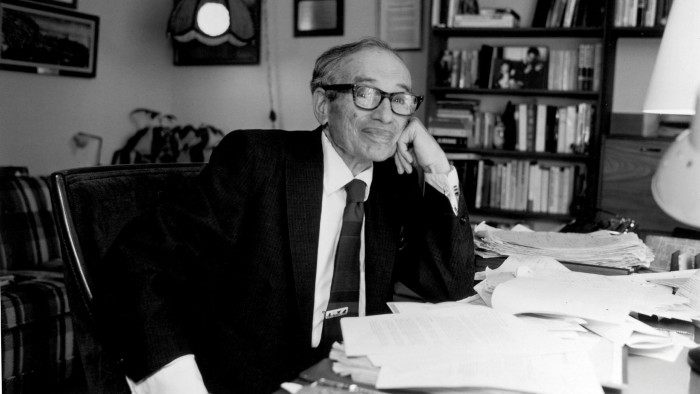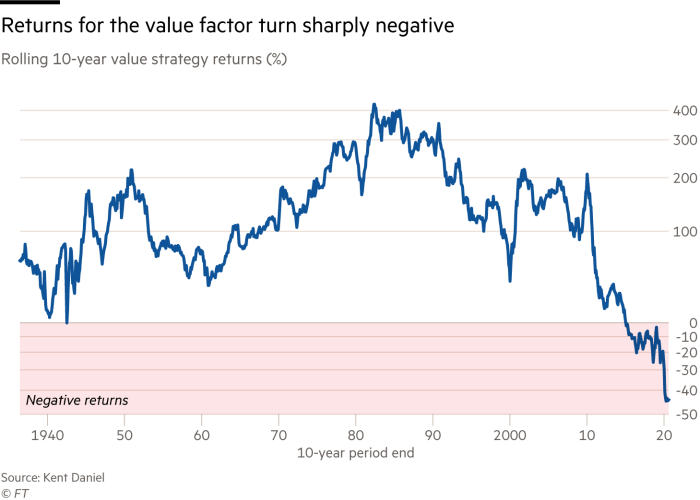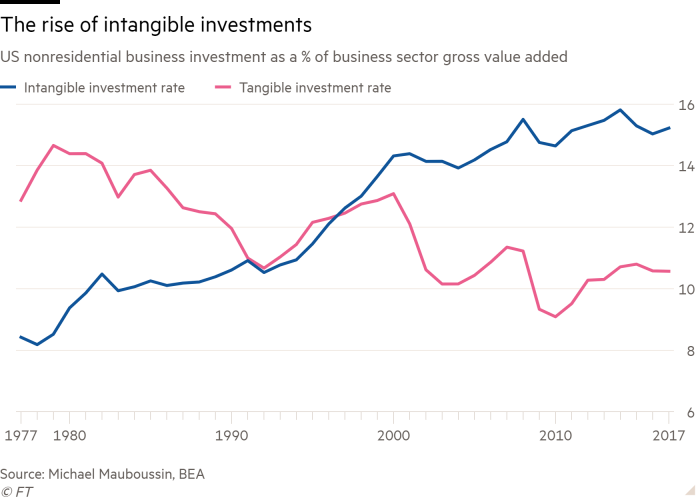Why value investing still works in markets

Roula Khalaf, Editor of the FT, selects her favourite stories in this weekly newsletter.
The writer is a researcher at Morgan Stanley Investment Management
Value investing, defined as buying or selling securities at prices different than their true value, is alive and well. You might not know that by reading headlines in the financial press or witnessing the poor returns of stocks with low multiples of price to earnings or book value per share. But here’s why you don’t need to fret about value investing.
Benjamin Graham was a professor and investor who is widely acknowledged as the father of value investing. The Intelligent Investor, arguably Graham’s best-known book, tells the story of Mr Market, a metaphorical way to explain why prices diverge from values. It also discusses the margin of safety, which impresses the importance of finding large gaps between price and value.
Graham’s most famous student is Warren Buffett, the chairman of Berkshire Hathaway. He has said that Mr Market and the margin of safety have been bedrock principles of his investing philosophy over his lengthy career.
In recent decades, value investing has come to mean buying stocks with low valuation multiples and selling those with high multiples. However, simply buying stocks with low multiples should not be confused with value investing.
One reason comes from the capital asset pricing model, a theory in finance that underpins asset pricing. This is ironic because many avowed value investors heap scorn on the model. Developed in the 1960s, the CAPM’s core idea is that there is a positive linear relationship between risk and reward — the more risk that investors take, the more they expect to be rewarded, on average, by a market that is efficient. That much is common sense, but the trick is in its measurement.

Academics define risk, denoted by the Greek letter beta, as how much a stock moves relative to changes in the stock market. A stock with a beta of one will move in line with the market on average, while below one suggests smaller changes and above one bigger changes than the market. The reward is the expected total return of a stock.
The theory is beautiful in principle but doesn’t work in practice. Researchers who put it to the test found that the average returns for low-risk stocks were higher, and those for high-risk stocks lower, than they were supposed to be.
In 1992, Eugene Fama and Kenneth French, professors of finance, published a much-cited paper which showed that adding measures of size and value to beta righted the relationship between risk and reward. The size factor documented that the stocks of small capitalisation companies earned higher average returns than those with large capitalisations. The value factor, measured as a multiple of price-to-book value per share, revealed that stocks with low multiples did better than those with high ones.
Consistent with the CAPM, Profs Fama and French saw these as risk factors and argued their tests did not confirm that markets were inefficient. Value investing suddenly became synonymous with buying stocks with low multiples and avoiding or shorting those with high multiples.
Years later, many investors and market observers still unfortunately conflate value investing with the value factor. Value investing is buying something for less than it is worth. The value factor is an ersatz measure of gaps between price and value. Worse, the relevance of the value factor is fading.

Earnings and book value no longer mean what they used to. Tangible assets, such as factories, were the foundation of business value in Graham’s time. Yet intangible spending, such as research and development, has been on the rise for decades. Indeed, companies in developed countries started spending more on intangibles than they did on tangibles shortly after the Fama and French paper was published.
Investments are outlays today in the expectation of higher cash flows tomorrow. Intangible investments are treated as an expense on the income statement. Tangible investments are recorded as assets on the balance sheet. That means a company that invests in intangible assets will have lower earnings and book value than one that invests an equivalent amount in tangible assets, even if their cash flows are identical. Earnings and book value are losing their ability to represent economic value.
Fundamental value investors should focus on gaps between price and value for individual securities. The present value of future cash flows, not misleading multiples, are the source of value. As Charlie Munger, Warren Buffett’s partner at Berkshire Hathaway, has said: “All good investing is value investing.” The value factor may be floundering, but value investing remains as relevant and useful as ever.
Comments